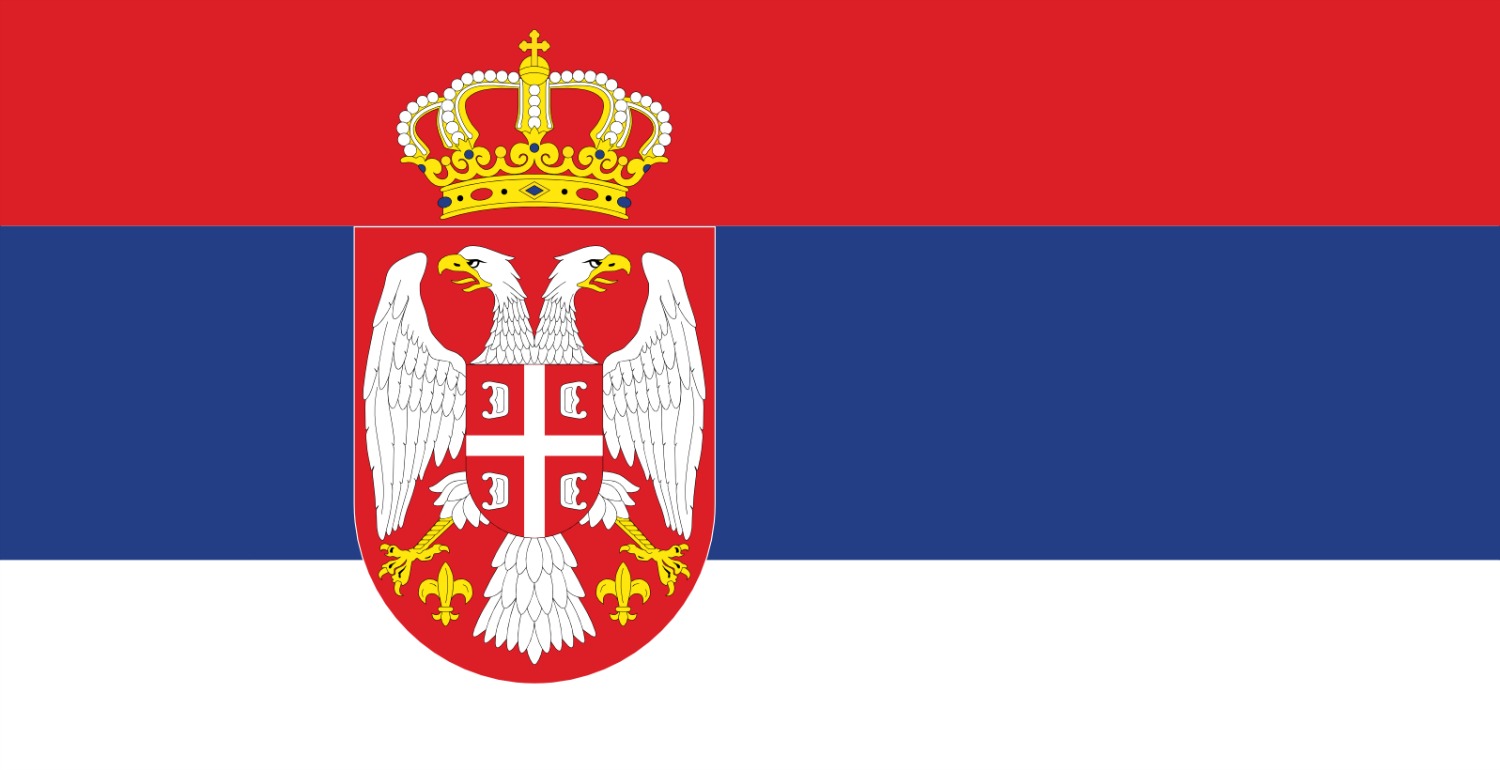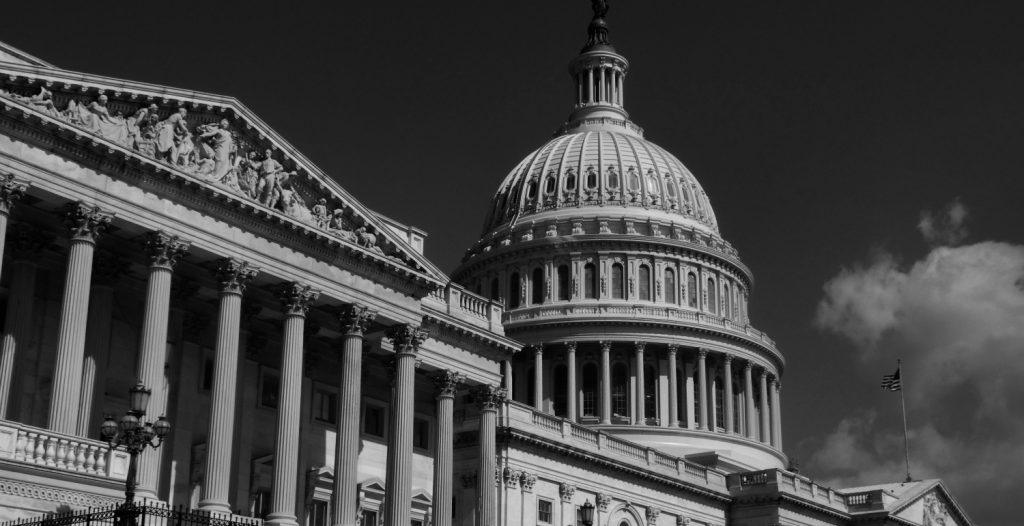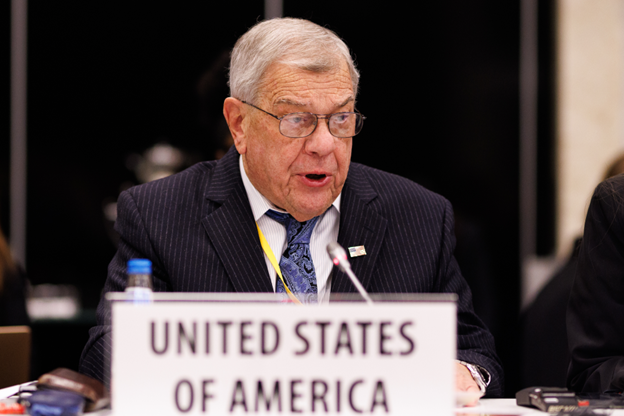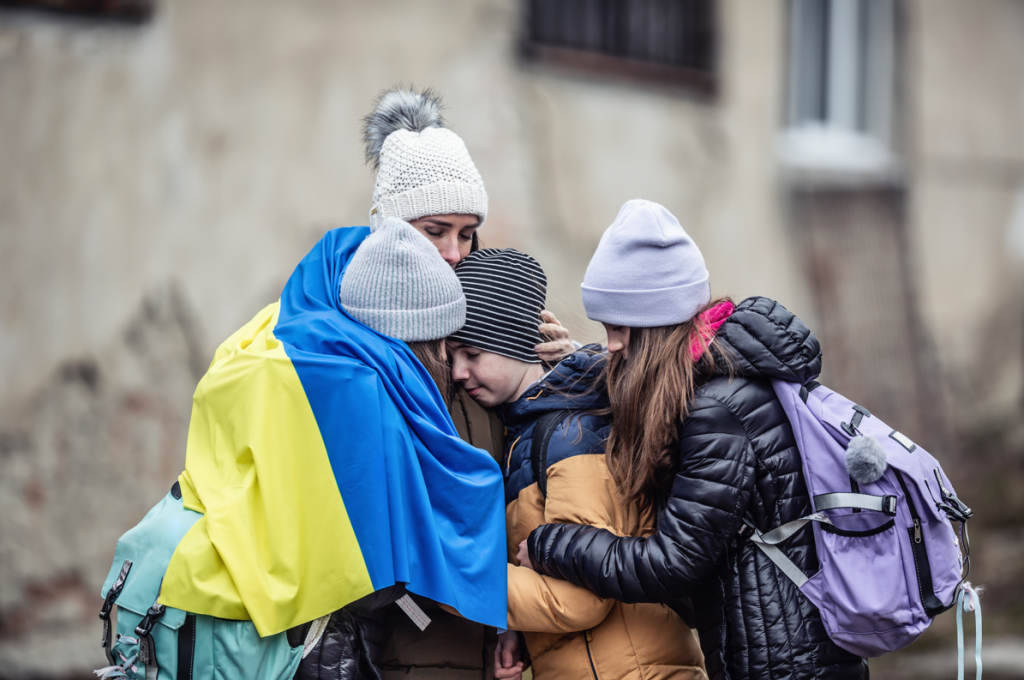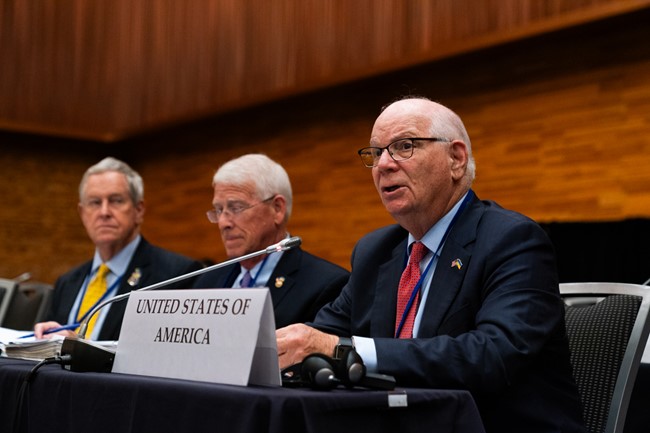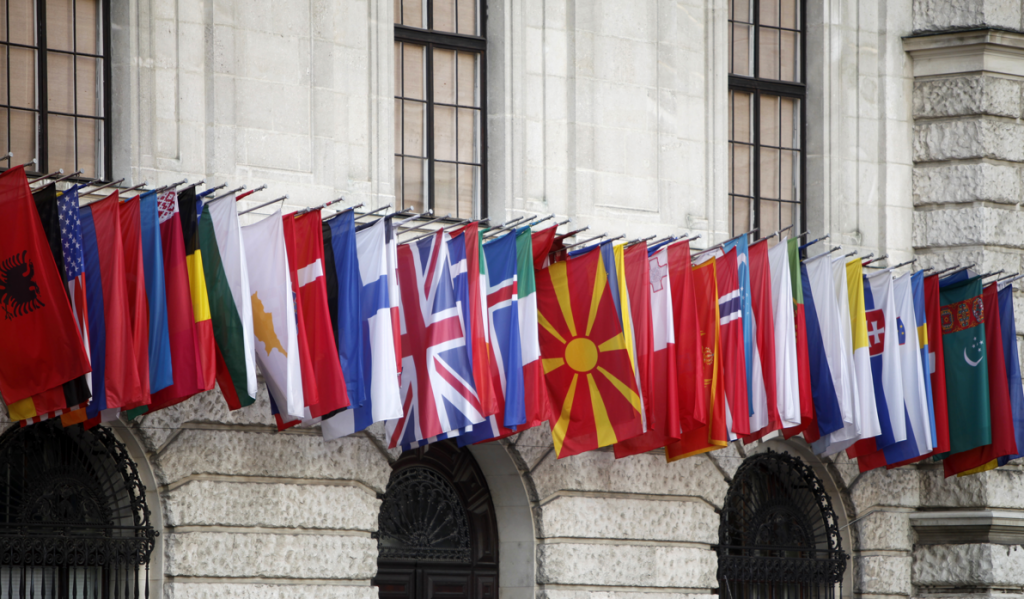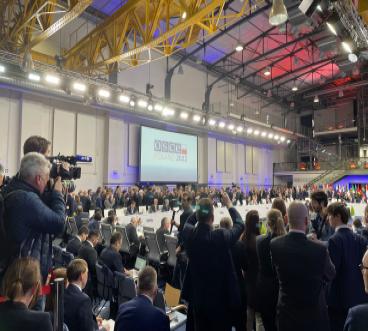By Clifford Bond and Robert Hand
On January 21, Serbia held elections for the 250-seat parliament, the National Assembly. Monitored by more than 300 international observers under OSCE auspices, including two members of the Helsinki Commission staff, the elections were overwhelmingly viewed as being conducted in a free and fair manner. The outcome and related institutional questions, on the other hand, indicate that Serbia’s political development remains burdened by the legacy of the Milosevic regime that ruled for over a decade before being ousted in 2000, even as the country moves in an increasingly democratic direction.
These elections were held in the aftermath of the dissolution of the state-union between Serbia and Montenegro following the latter’s declaration of independence in June 2006. Serbia subsequently adopted a new constitution in October 2006. Looming over these formal developments and new elections, however, is the larger question of Kosovo’s future status. The actual timing of the elections was used as a pretext for delaying a UN recommendation on Kosovo, which is expected shortly.
Based on the conduct of previous elections in Serbia, there was little concern that these elections would fall short of international standards. However, some concerns were raised regarding the conduct of the earlier constitutional referendum, which witnessed a strong, last-minute push of voting in some regions with the apparent purpose of ensuring a positive outcome. The constitution itself is controversial, particularly in its numerous references to Kosovo as an integral part of Serbia, which may have led some segments of Serbian society to boycott the referendum. Undoubtedly, more important international concerns include the uncertain direction of Serbia’s political development and a desire to strengthen Serbia’s democratic institutions.
OSCE Parliamentary Assembly President Goran Lennmarker, a Swedish parliamentarian, was designated by the OSCE Chair-in-Office to lead the short-term election observation mission as Special Coordinator. The OSCE’s Office for Democratic Institutions and Human Rights (ODIHR) conducted a long-term observation effort headed by retired German Ambassador Geert Ahrens.
Perhaps the chief criticism of the election process was the obvious gap between the voter’s choice and the actual selection of the person who ultimately takes a parliamentary seat. The Serbian voter chooses a political party or coalition on the election list, but, once it is determined how many seats a particular party/coalition gets, the party leadership then has ten days in which to select which of the 250 persons on its submitted party list actually take a seat. This method of selecting parliamentarians has been criticized for lacking transparency and effectively concentrating attention not on specific candidates and their views or abilities but on the political party leaders who retain control over their members. This leadership control may be further strengthened by requiring deputies to sign undated letters of resignation which can be used to remove them if they fail to observe party discipline.
On the other hand, efforts were undertaken – albeit not without some opposition — to modify existing law and encourage minority representation, including lowering the number of signatures for parties representing ethnic minorities from the normal 10,000 to only 3,000 and dropping the threshold needed to enter the parliament from 5 percent of the votes case to 0.4 percent (1/250) of those cast. Two Hungarian and two Romani political parties joined a Bosniak coalition from the Sandzak region and an Albanian coalition from southern Serbia on the election ballot. Albanian participation was the first since 1997, although two Albanian-based political parties which originally joined the coalition subsequently withdrew and supported a boycott of the elections.
The election campaign was long by Serbian standards and quite intense. In contrast to the constitutional referendum campaign, the issue of Kosovo’s status did not dominate campaign rhetoric. Instead, there was considerable and perhaps refreshing discussion of economic issues, for example, reflecting the fact that despite significant economic growth, unemployment remains high. EU enlargement may also increasingly isolate Serbia and its people within the region. Some parties focused more heavily on corruption, property restitution and other economic issues. The democratic and nationalistic range of the dominant Serbian political parties differed on integration mostly in their degree of enthusiasm and differentiation between support for joining the European Union on the one hand and joining NATO on the other. They likewise differed on Kosovo mostly to the degree to which its loss to Serbia was an acknowledged inevitability. Comments by politicians and diplomats from other countries supporting reformist parties late in the campaign prompted cries of interference from more nationalist parties.
Observers monitoring media coverage of the campaign reported a very balanced approach, particularly among the broadcast media, as well as a positive tone indicating almost too much official instruction about how to remain neutral. The print media’s performance was more uneven in its campaign coverage, but low reliance on print media in Serbia made such differentiation of questionable significance.
Election day was largely dry and unseasonably mild, and this contributed to high voter turnout of above 60 percent. This reversed trends toward voter apathy in previous elections. Out-of-country voting also took place for Serbian citizens in 34 other countries. Upon visiting their designated polling station, over 8,500 in all, voters typically encountered a polling board enlarged by political party representation to often as many as 20 to 30 or more members. Nevertheless, with few exceptions the polling was conducted in a professional manner that respected the secrecy of the ballot and made election-day manipulation, if any was intended, difficult to accomplish. The ballot presented the same list of 20 political parties or coalitions to voters across the country, albeit in different languages depending on concentrations of ethnic minorities residing in the area.
Unlike the referendum in which the constitution would either pass or fail, polling board members represented political parties that had no real expectation of an outright victory and merely hoped to achieve or maybe exceed the high end of predictions based on public opinion polls. This likely reduced tension on election day, including during the critical counting of ballots once polls closed, despite significant political differences within polling boards. The Center for Free Elections and Democracy (CeSID), a civic non-governmental organization, helped reduce tension by peppering Serbia with close to 4,000 domestic observers to discourage irregularities.
The day after the election, before final results were announced, the International Election Observation Mission held a press conference to announce its preliminary conclusions. As Special Coordinator, OSCE Parliamentary Assembly President Goran Lennmarker released the joint statement which began with the clear statement that the “parliamentary elections in Serbia were free and fair. They provided a genuine opportunity for the citizens of Serbia to freely choose from a range of political platforms. The 20 lists of political parties and coalitions vigorously competed in an open campaign environment. The election campaign was calm, and checks and balances ensured that the election reflects the will of the people, in line with the OSCE’s Commitments as well as with the Council of Europe standards.” The OSCE’s ODIHR released an additional report of its preliminary findings based on the month-long observation of its 28-member team. Despite the overwhelmingly positive assessment, the Republican Election Commission did cancel results in 14 polling stations due to irregularities.
World reaction to the results focused heavily on the continued support among the Serbian electorate for the Serbian Radical Party (SRS) led by indicted war criminal Vojislav Seselj, which garnered 28.7 percent of the vote, up from 27.6 percent in the last elections in 2003. That, of course, rightly leads to concern about Serbia’s inability to reject the extreme nationalism fostered by the Milosevic regime throughout the 1990s. On the other hand, the Democratic Party (DS) of President Boris Tadic came in second with 22.9 percent of the vote, an increase from 12.6 percent in 2003 and an indication that entrenched nationalist sentiments have not negated strong support for democratic development and integration.
The coalition led by the Democratic Party of Serbia (DSS) of the current Prime Minister, Vojislav Kostunica, gained only 16.7 percent of the vote, compared to 17.7 percent in 2003. The DSS, which bridges the nationalist/democratic divide in Serbian politics, appears to be replaced by the DS as the leading reform-oriented party in Serbia. G17-Plus, which has focused heavily on economic reform, saw its percentage of support drop but retained enough for parliamentary representation, as did the Socialist Party of Serbia (SPS), once led by Slobodan Milosevic. The Liberal Democratic Party (LDP), a newer party led by Cedomir Jovanovic which more completely than any other rejects the Milosevic legacy, crossed the 5 percent threshold by leading a coalitions of like-minded parties. The Serbian Renewal Movement (SPO) of Vuk Draskovic, which traditionally featured prominently in Serbia’s multi-party political history, did not. One Hungarian and two Romani parties, along with the Bosniak and the Albanian coalition, won one or more seats in the National Assembly.
The odds that the SRS will be part of a coalition government appear to be slimmer than one year ago, when that was a major concern. Instead, the hope is for the DS and the DSS to overcome differences to form a new government with the support of other democratic forces, such as the G-17 Plus. Such a coalition could advance Serbia’s integration into the Euro-Atlantic community. Prime Minister Kostunica’s past government relied on SPS support to stay in power, and he has indicated an unwillingness to enter a coalition with the Radicals. Personality conflicts, as well as differences over important issues such as cooperation with the Hague-based International Criminal Tribunal for the Former Yugoslavia (ICTY) and the appropriate response to an expected UN proposal on the status of Kosovo could complicate coalition formation. Most leading Serbian parties have counted on international concern over Serbia’s political direction to delay an expected UN recommendation, but that appears increasingly unlikely.
A proposal on a new status for Kosovo will jolt the Serbian political scene. Many in Serbia feel victimized by the Milosevic regime. They fail to fully appreciate, however, the tremendous damage and suffering inflicted on the neighboring peoples of the former Yugoslavia during the Milosevic era through the commission of war crimes, crimes against humanity and genocide, and a deep distrust resulting from Serbia’s inability to acknowledge that reality. Serbia will not fulfill its democratic promise until it fully comes to terms with this recent history. For that reason full cooperation with The Hague Tribunal remains essential. Over the longer term, democratic forces inside the country should prevail and advance Serbia’s reconciliation with its neighbors and its full integration into Europe, but without a mental break with its past this task will take longer and be more difficult to accomplish.

